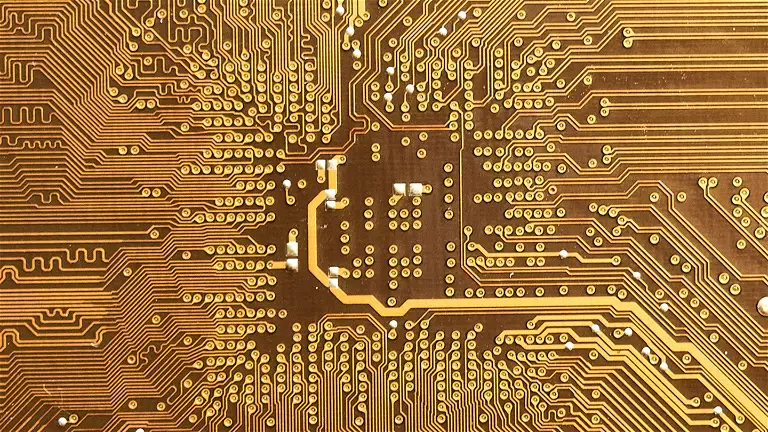- The chip that allows you to see with X-rays as if you were ‘Superman’ is a reality and you could have it on your mobile
- AI Comes to All-in-One PCs with Acer’s New Aspire C Series
- ‘Mystery Malware’ Destroys Half a Million Routers in Less Than 72 Hours

Humanity’s next great frontier when it comes to computer technology is in quantum computers. It is well known to everyone that this type of computing can make a leap in quality to technologies that have so far found their processing limit. Doing in seconds or minutes what a supercomputer today could take years to do. However, although the promises of quantum technology are encouraging, the truth is that we are not managing to develop them efficiently, something that is happening with other technologies such as nuclear fusion.
Now, according to an article published in Communications Materials, it seems that there would be a way to enhance silicon so that the chips of these quantum computers can make a quantitative and qualitative leap in this type of technology, allowing a better adaptation of them and a more than correct application of this technology.
The Next Milestone in Quantum Computing
It seems that the key lies in silicon, as it needs to have a level of purity that electronic components have never reached before. Quantum computers have the qubit as their unit of processing, and it has been shown that only the best quality silicon helps to make qubit processing more coherent and not generate key errors. It is a very sensitive processing system as it is in an operational terrain that brings them close to absolute zero, so the best quality silicon is necessary, but here we find a key problem. Silicon-29 and silicon-30 are the best quality, but they have an excess of atoms that makes them too sensitive and can cause problems when it comes to maintaining the coherence of these qubits.
In this way, the scientific team has assured that they have been able to create a silicon-28 (the most common of all) with extraordinary purity, removing up to 0.0002% of the silicon-29 found in the chips and firing a beam of silicon atoms to a chip without problems. In this way, until now the purity of silicon played to the detriment of these creations, making the creation of these chips based on such a common element problematic. But, with this system, things change, since there can be high-quality silicon and the most common one can be used without the inherent instability problems of the others
Ravi Acharya, the principal investigator of this process, said in a statement to the University of Melbourne that:
The electronic chips currently found in a daily computer consist of billions of transistors; These can also be used to create qubits for silicon-based quantum devices. The ability to create high-quality silicon qubits has been limited in part to date by the purity of the silicon starting material used. The innovative purity we show here solves this problem.
It may seem paradigmatic, but the fact that the most common silicon is much purer than usual has been the key to being able to take a small step further on the road to the creation of new quantum computers. More and more companies are advocating for these technologies, because the power of quantum computers is enormous and holds the ability to make a leap in processing power that could lead us to a new golden age of technology.
Related:

Comments